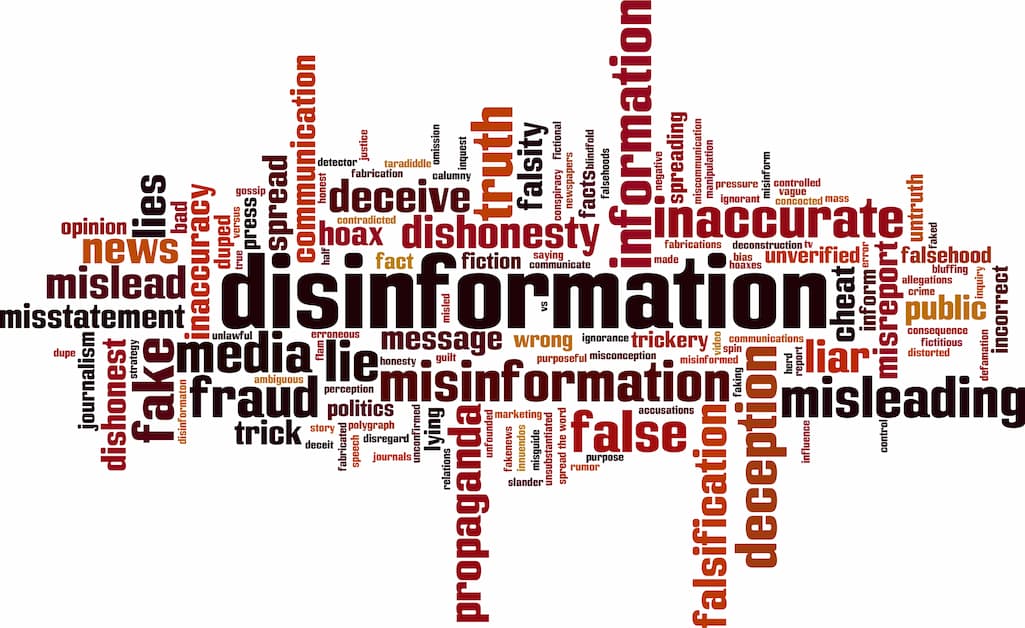Popular science is defined as multidisciplinary work, the aim of which is to communicate scientific knowledge, using a variety of media, to a variety of voluntary audiences by recreating that knowledge faithfully and contextualizing it to make it accessible. It is the set of activities for the promotion and circulation of knowledge built by means of utilizing scientific methods, which have an importance in the social context.
Popularisation focuses not only on current scientific discoveries (e.g., the determination of the mass of the neutrino) but also on more or less well-established or socially accepted theories (e.g., the theory of evolution) or even on entire fields of scientific knowledge.
What is The Purpose of it?

Difference Between Science and Popular Science

Science and popular science are complementary. Science relies on theoretical and practical methodologies to give meaning to its concepts. In comparison, popular science relies on language tools to explain:
- the concepts of science
- reproduce the images
- use the models
- rescue the spirit of scientific knowledge
This is because it is not only about writing “scientific news,” it is about expressing ideas, results, hypotheses, approaches, theses, etc. clearly and plainly, but this way must also express originality, sense, conviction, firmness, as well as the character of the person who writes in an objective way. It is not at all easy. Therefore, the possibility offered by popular science media such as scientific journals to exercise this difficult but noble task is a valuable opportunity for the exchange of information with peers and with all the actors interested in the research topics that contribute to the enrichment of knowledge.
The Role in Society

So, How Do You Get Involved?

In the first instance, we can say that the work of popularising science can be carried out by non-scientific popularisers and scientific popularisers. Among the non-scientific popularisers, there is a wide range of disciplines and professional backgrounds that have turned to the popularisation of science, such as teachers, communicators, doctors, writers, philosophers, among others. Some aspects to bear in mind when writing a popular science article are:
- Be faithful to the scientific content.
- Be addressed to a non-specialist audience.
- To be treated under the process of popularisation recreation, from which the populariser has to create a new message with non-technical and contextualized language so that it is accessible, entertaining, and of interest to his or her audience.
- To express oneself under the agreement of a voluntary audience.
Disinformation

The scientific world is also challenged to deal with truth, half-truths, and misinformation. Indeed, as has happened in other fields, this is nothing new. Still, the disinformation frame of mind is perhaps inexorably leading to a more widespread information crisis, as well as a greater distrust of traditional sources of information.
People can fall into the trap of becoming hooked on life-threatening fake news, hence the importance of scientific literacy. Infodemics can also affect people’s mental health and lead to emotional exhaustion. Much of this information is based on conspiracy theories and jeopardizes the reach and sustainability of the global health system. But popularisation facilitates and provides the public with scientific knowledge in a simple and distinguishable language. In this way, the importance of science journalism is circumscribed so that the public can generate their own judgment with trustworthy and reliable information.
